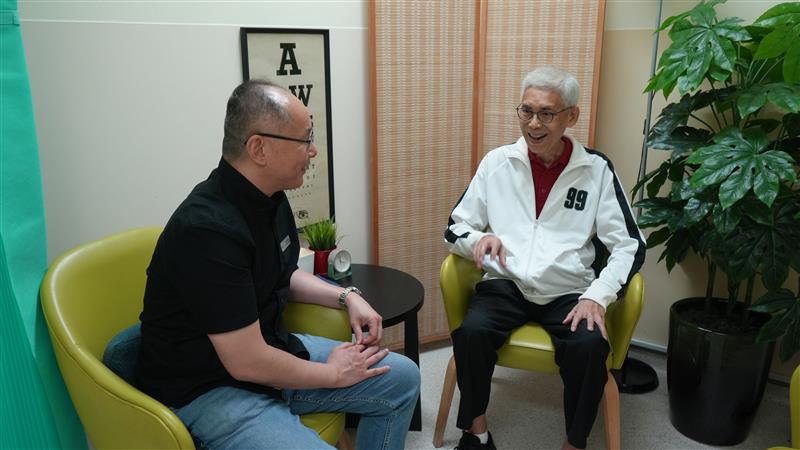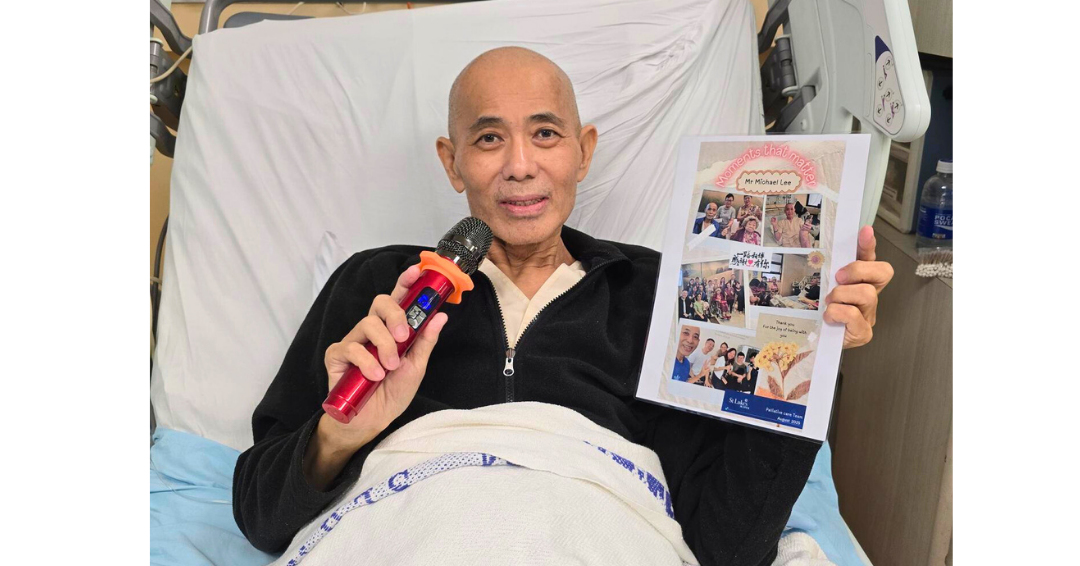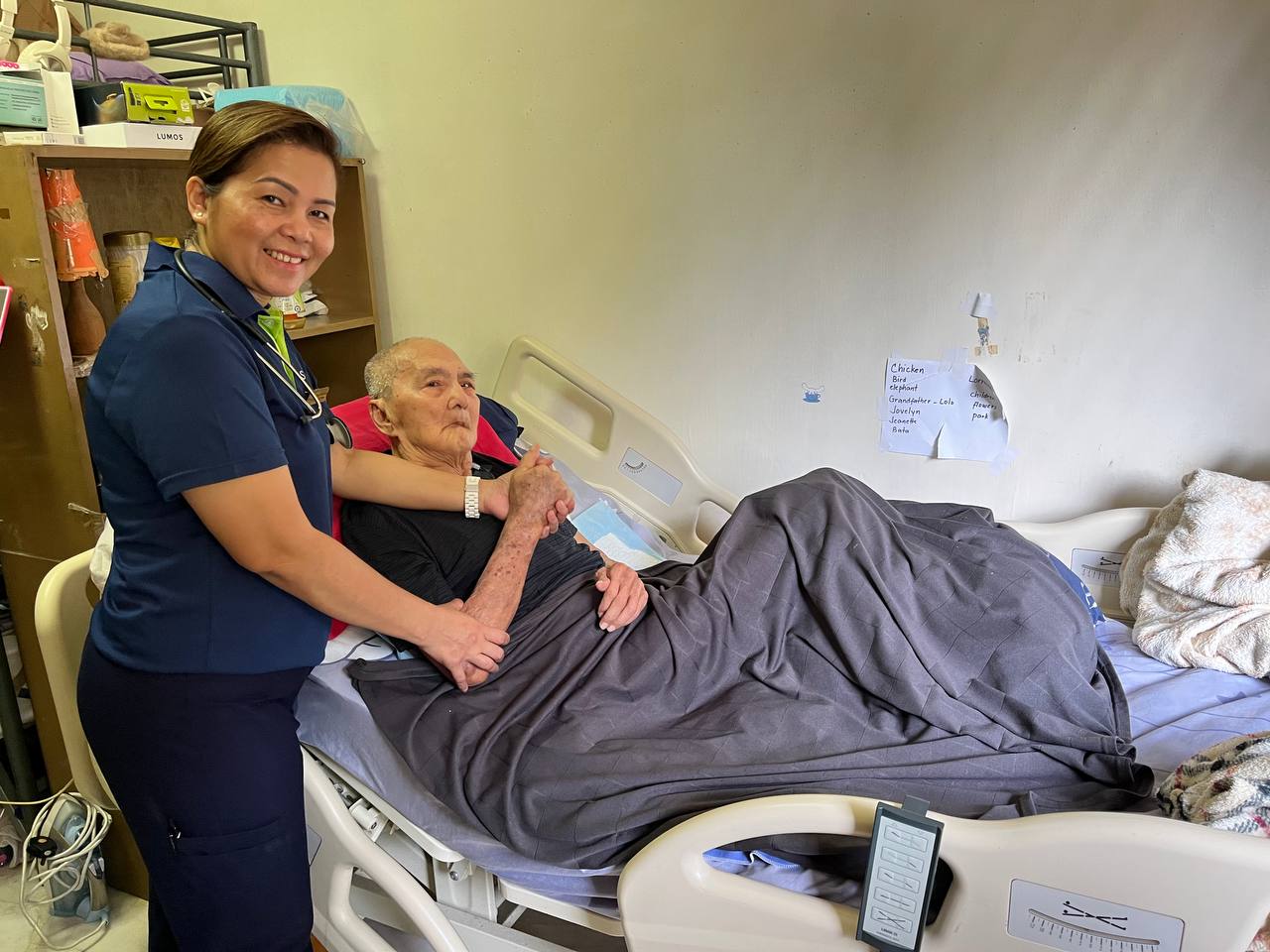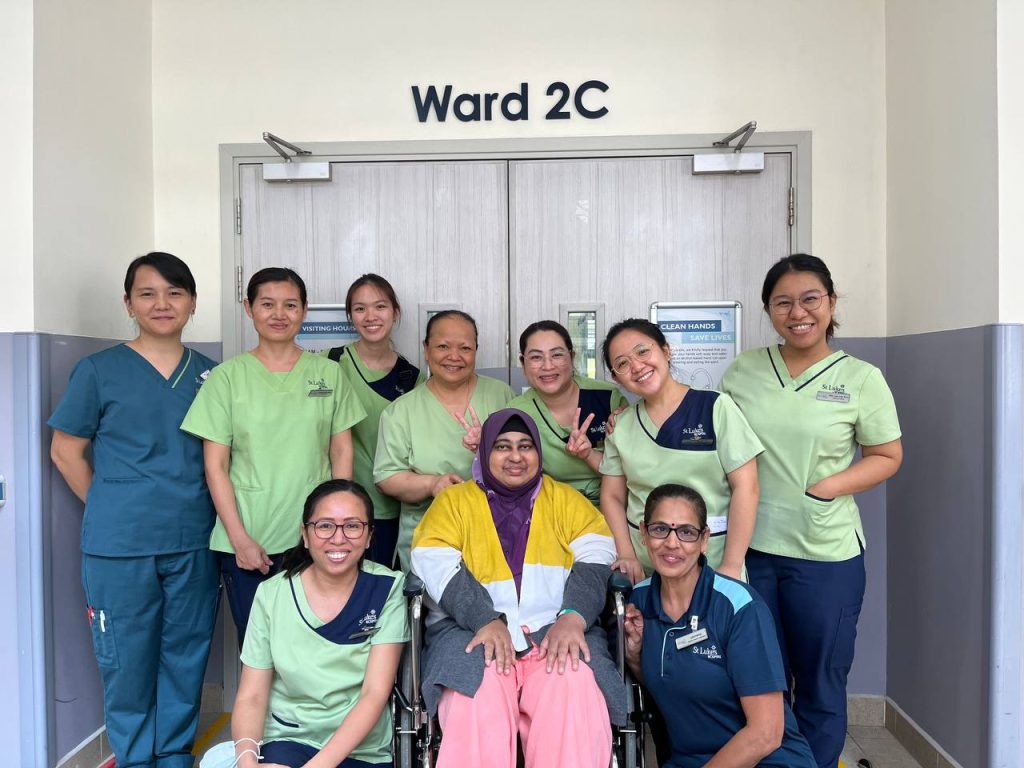
For some, the hospital can be a place of fear, uncertainty, and pain.
But for Mdm Faridah Bebe, 54, a battle against a rare and complicated health condition led her to find a unique kind of healing at St Luke’s Hospital.
Just four months ago, Mdm Faridah was hospitalised at an acute hospital for a high fever of 39.4°c and difficulty in swallowing. She remembers how she continued to have cold shivers despite being wrapped in multiple blankets.
Her fever didn’t subside even after a few days, and the discomfort worsened with each passing hour.
Chest X-rays, blood and urine tests, as well as multiple examinations revealed that her blood platelet count had dropped to just 2 – a dangerously low number compared to the hundreds that a healthy person typically has.
Doctors diagnosed Mdm Faridah with a rare combination of an autoimmune disease and lupus, which is unusual as most patients typically live with one or the other and not both.
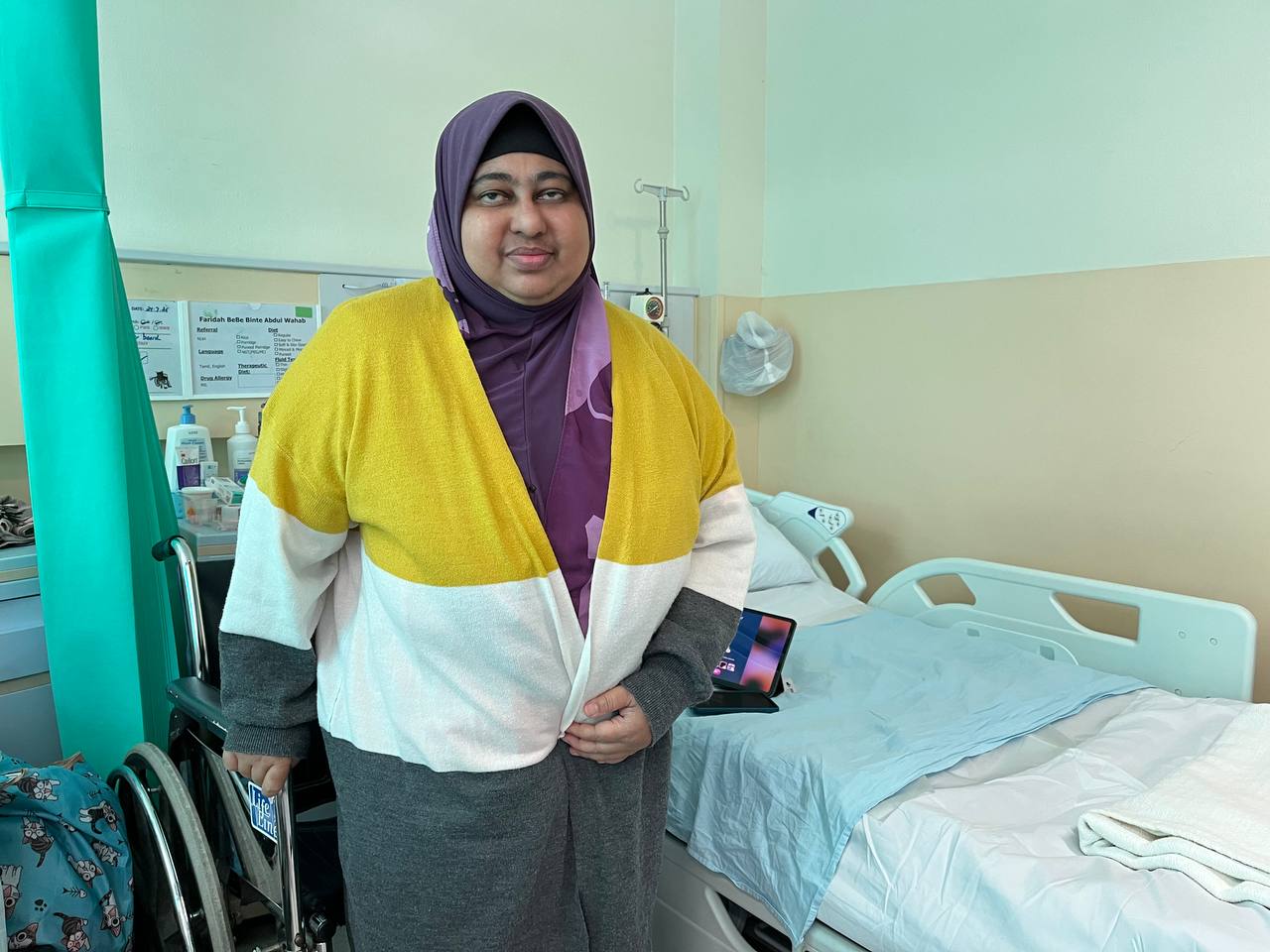
As her condition worsened, Mdm Faridah became completely bedridden—unable to sit, stand, or even turn on her own.
A muscle biopsy and kidney biopsy followed, along with blood transfusions and IVIG (intravenous immunoglobulin) therapy.
Though medications stabilised her condition, Mdm Faridah still needed intensive rehabilitation to regain her strength and mobility.
After two months, she requested a transfer to St Luke’s Hospital (SLH) for rehabilitation – a place she was already familiar with.
A Place of Hope and Healing
At SLH, the staff made Mdm Faridah feel like she was their priority.
The physiotherapists worked patiently with her, encouraging her even when progress seemed slow.
The nurses took time to listen, providing not only clinical care but emotional support.
While progress wasn’t instant, it was consistent.
“Within the first two weeks here, I could already sit upright for short periods. I started to regain strength in my right hand,” she shared.
Each day, she spent close to two hours in rehabilitation, learning exercises she could do even while lying in bed or sitting in a wheelchair.
Her physiotherapist, Yap Thian Yong, recalled, “During her entire stay, Mdm Faridah was motivated to improve and did not let her disability hinder her from participating in physical activities. She was always ready to give her best during therapy sessions.”
Even a temporary setback – a sudden fever that required her to be sent back to an acute hospital in the middle of her stay – didn’t stop her momentum.
When she returned to SLH, the staff welcomed her back like she’d never left and picked up right where they left off.
“The environment here is designed for recovery,” Mdm Faridah says. “It’s quiet, it’s calm, and most importantly, it’s encouraging. The staff here took the time to teach me and guide me and always believed I could get better.”
A Journey Comes Full Circle
On 28 August, Mdm Faridah was discharged from SLH.
This time, she didn’t leave on a stretcher or in despair.
She sat in a car with minimal help – something unimaginable just four months ago.
“I still remember when I couldn’t even turn my body on the bed. And now, I could get into a car and go home by myself.”
A New Perspective on Life
Before her illness, Mdm Faridah worked tirelessly as a customer support officer at a carpark, starting her days at 6:15am and returning home after 7pm, six days a week.
Dinners were simple: toast, cereal, or hawker food. Sundays were for housework and rest.
But her experience with illness and recovery has shifted her outlook profoundly.
“Life is too precious for hatred,” she reflects. “I want to fill it with good memories and lead a meaningful life instead.”

After her rehabilitation sessions are over, Mdm Faridah hopes to embark on her long-dreamed Umrah pilgrimage. She also plans to spend more time with her children and her siblings, who stood by her side throughout her journey.
And when she is strong enough, she hopes to return to SLH – this time, as a volunteer to give back to the community that helped her reclaim her life.

